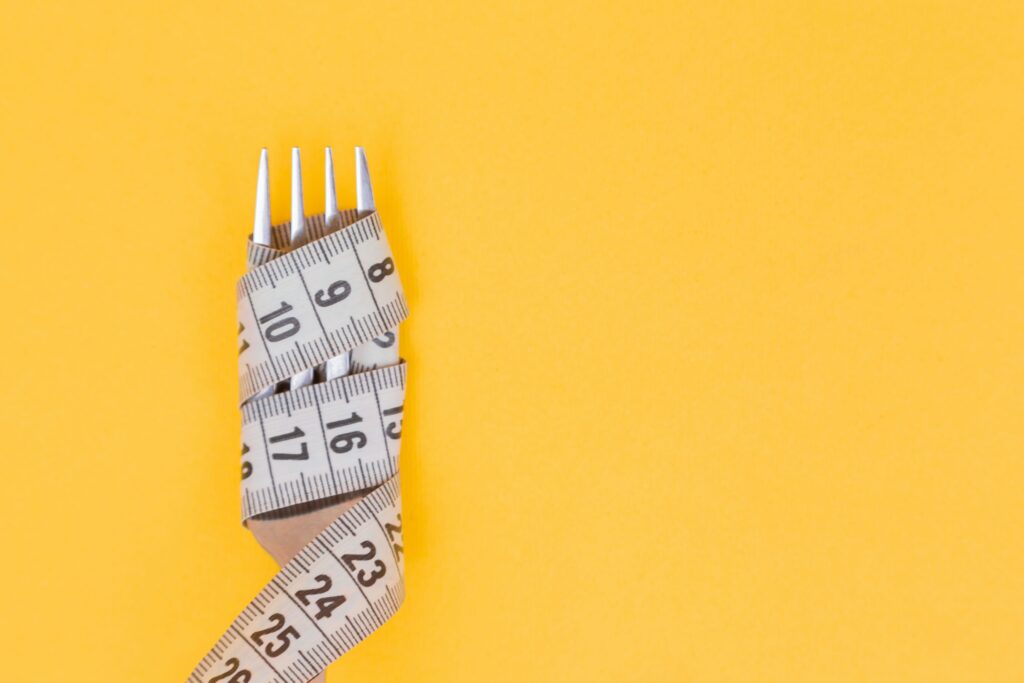Chaparral Pharmacy – Remedy’sRx, as a Calgary pharmacy, is committed to providing our patients and customers with methods to improve their health and lifestyle. Our compounding pharmacy provides a *free online tool to accurately calculate your needed daily calories based on your body measurements and level of activity.
* Disclaimer: This free online tool is provided as-is, without any guarantees or legal liabilities. You have to consult your physician before beginning any diet or calorie restriction regime.
So now you know the exact amount of calories you need. What is the next step?
The logical step is to have a solid understanding of diet types and how to distribute those calories in each type of diet.
General types of diet
There are many different types of diets that people use to reduce their body fat (you can accurately estimate your body fat using this free online calculator). Some people use low-carbohydrate diets, others use low-fat diets, and others use diets that are high in protein.
There is no one perfect diet that is best for everyone, and the best diet for you may not be the best diet for someone else. You may need to try a few different diets before you find one that works best for you.
Low-carbohydrate diets
Those diets are popular for people who want to lose weight. These diets typically involve eating foods that are low in carbohydrates and high in protein and fat. Foods that are high in carbohydrates, such as bread, pasta, and rice, are typically not allowed on low-carbohydrate diets. Low-carbohydrate diets can help you lose weight, but they may not be the best choice for everyone.
When it comes to low-carbohydrate diets, there are a few things to keep in mind when it comes to calorie distribution. First, remember that not all carbohydrates are created equal – some are more filling than others, and some are more likely to cause spikes in blood sugar. Generally, it’s best to focus on eating low-GI carbs, such as vegetables, fruits, and whole grains.

Second, remember that protein is the most filling nutrient, so make sure you’re including plenty of high-quality protein in your diet. Good sources of protein include lean meats, poultry, fish, eggs, legumes, nuts and seeds.
Third, healthy fats are important for keeping you feeling satisfied and preventing cravings. Good sources of healthy fats include olive oil, avocado, nuts and seeds, and fatty fish.
Finally, make sure you’re spacing out your meals and snacks throughout the day so you’re not going too long without eating. This will help keep your blood sugar stable and your energy levels consistent.
Low-fat diets
Those diets are another popular type of diet for people who want to lose weight. These diets typically involve eating foods that are low in fat and high in carbohydrates. Foods that are high in fat, such as cheese, butter, and nuts, are typically not allowed on low-fat diets. Low-fat diets can help you lose weight, but they may not be the best choice for everyone.

There are many ways to distribute calories in a low-fat diet. One way is to eat smaller, more frequent meals throughout the day. This will help keep your metabolism going and prevent you from feeling hungry.
Another way to distribute your calories is to make sure that you are getting enough protein and fibre. These nutrients will help you feel full and satisfied after eating. Finally, make sure to avoid high-fat foods and snacks, which can quickly add up to a lot of calories.
High-protein diets
They are another popular type of diet for people who want to lose weight. These diets typically involve eating foods that are high in protein and low in carbohydrates and fat. Foods that are high in protein, such as meat, eggs, and cheese, are typically allowed on high-protein diets. High-protein diets can help you lose weight, but they may not be the best choice for everyone.
There are a few schools of thought on how to distribute calories in a high-protein diet. One theory is that you should evenly distribute your protein intake throughout the day. Others believe that you should eat most of your protein in the morning and evening and skimp on protein during the afternoon. There is no right or wrong answer – it all depends on your individual preferences and goals.
If you’re trying to lose weight, you may want to evenly distribute your protein intake throughout the day. This will help you feel fuller throughout the day and prevent you from snacking on unhealthy foods. If you’re trying to build muscle, you may want to eat most of your protein in the morning and evening. This will give your body time to digest the protein and use it for muscle growth.

No matter what your goals are, it’s important to make sure you’re getting enough protein. The recommended daily intake for protein is 0.36 grams per pound. So, if you weigh 150 pounds, you should aim to eat 54 grams of protein per day.
Unfortunately, there is no clear winning diet from all of these types. It depends on many factors, including your genetics and lifestyle, body composition, and general health. The best way is to try each one and adjust their parameters to better suit you.
To help you reach your health and fitness goals, Chaparral Compounding Pharmacy also offers a free online calculator to suggest exercises or activities based on your age, sex, weight, number of calories you want burn, and the time you can dedicate to that activity.
